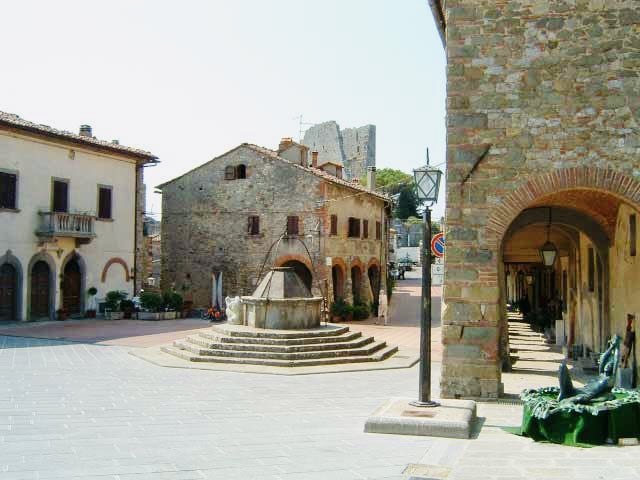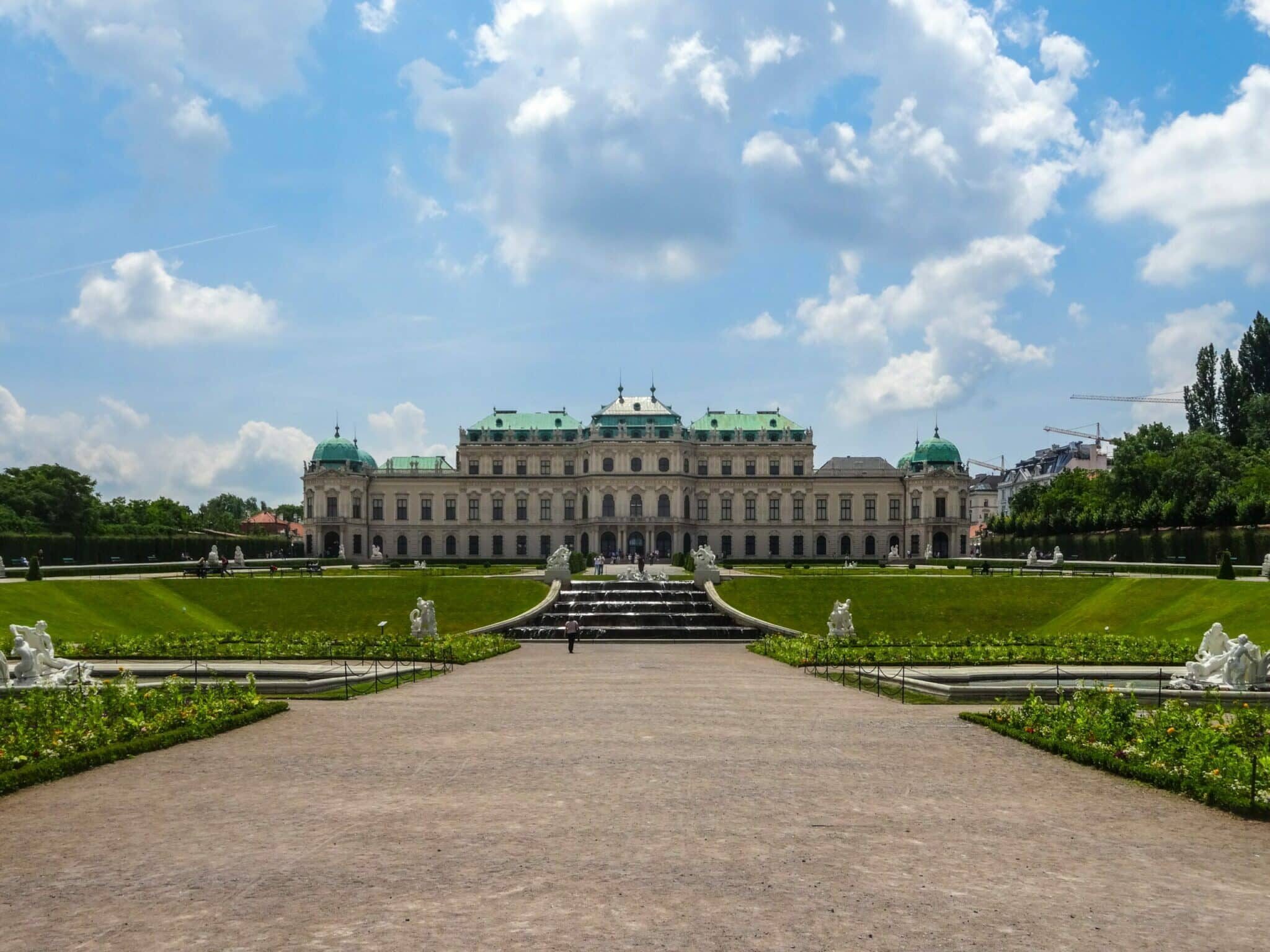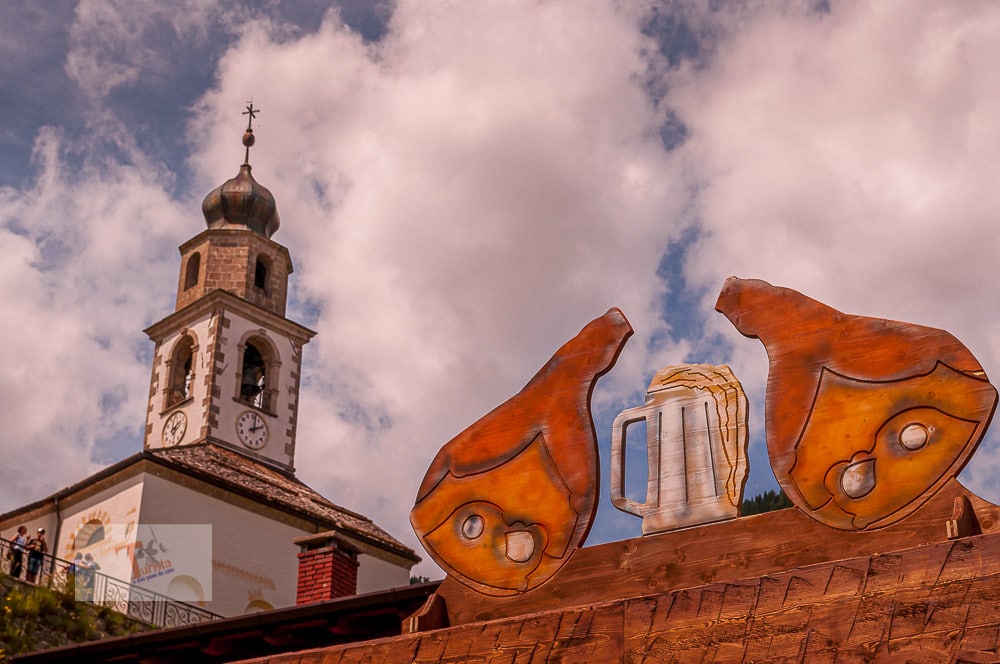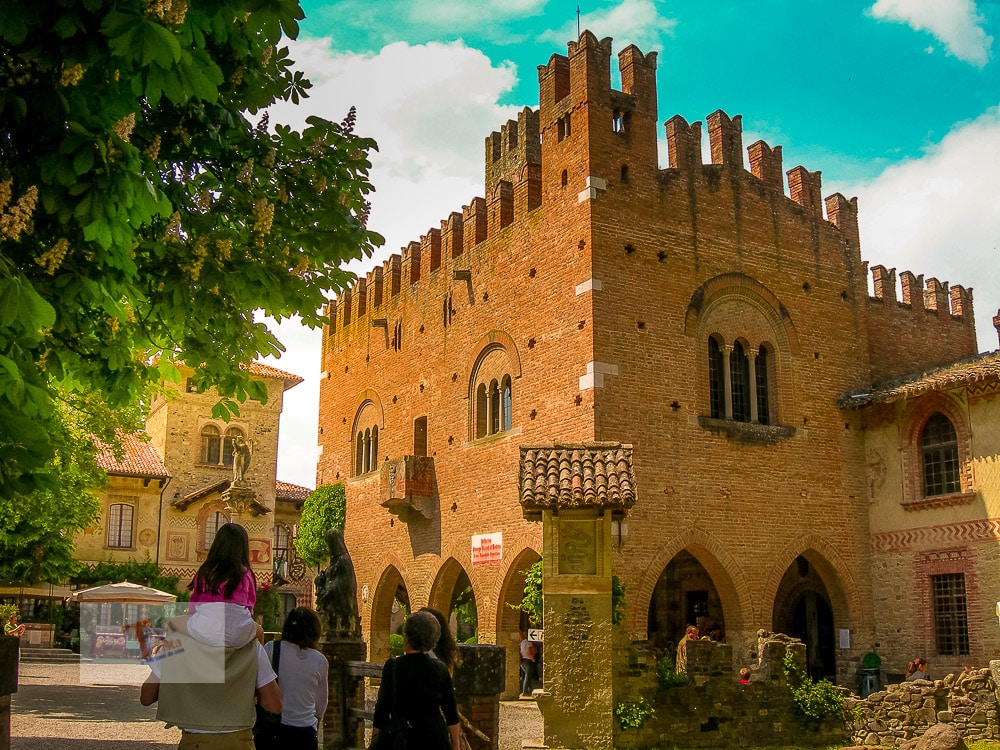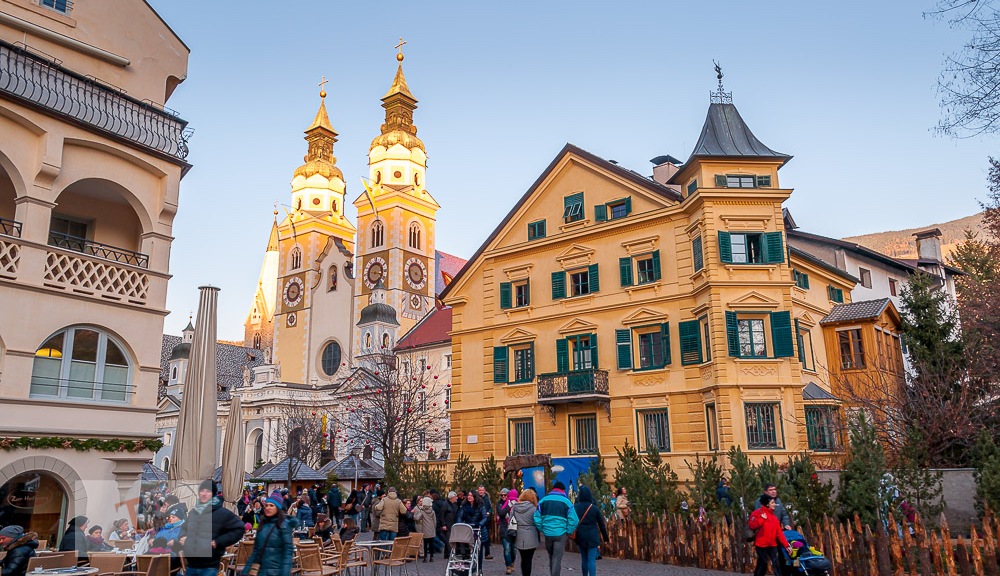Civitella in Val di Chiana is one of many historically significant communities in the Val di Chiana. Due to its location at the garrison of the route between Arezzo and Siena, Civitella has had strategic importance due to its proximity to Arezzo (only 20 kilometers away). The land around Civitella has been inhabited since the Roman era, but the village’s development and the construction of all the structures we’ll see come from the subsequent centuries.
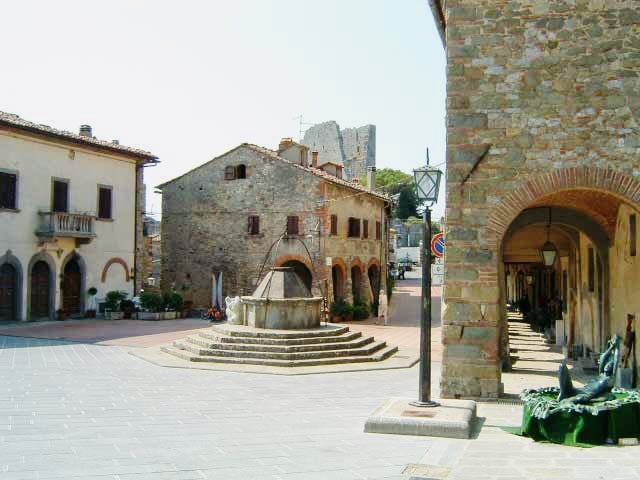
The castle is without a doubt the most impressive structure. During the Longobards’ dominance, a first citadel was built, possibly atop pre-existing Roman fortifications. The settlement passed into the hands of the bishops of Arezzo in the eleventh century, and it was embroiled in the struggle between Arezzo and Siena in the thirteenth century. The fortress was destroyed during this battle, and Bishop Guglielmino degli Ubertini rebuilt it later (1272). Following its victory in the Battle of Campaldino in 1289, Florence began a war with Arezzo for possession of the settlement, which it finally won in 1348.
Civitella in Val di Chiana what to see
Civitella’s defensive walls (dating from the 12th century) and one of the entry gateways, the Porta Senese, are still standing. Beyond the door, continue to the left, skirting the castle’s structures, which can be accessible from the nearby Becattini square. A tabernacle in polychrome majolica portraying the Madonna and Child, attributed to the Della Robbia school, may be seen practically immediately along this road.

The castle
The tremendous destruction to this centuries-old fortification must be counted among the countless calamities inflicted by the conflict. Only a few portions of the medieval defensive buildings are still standing today, including the ruins of a massive tower.
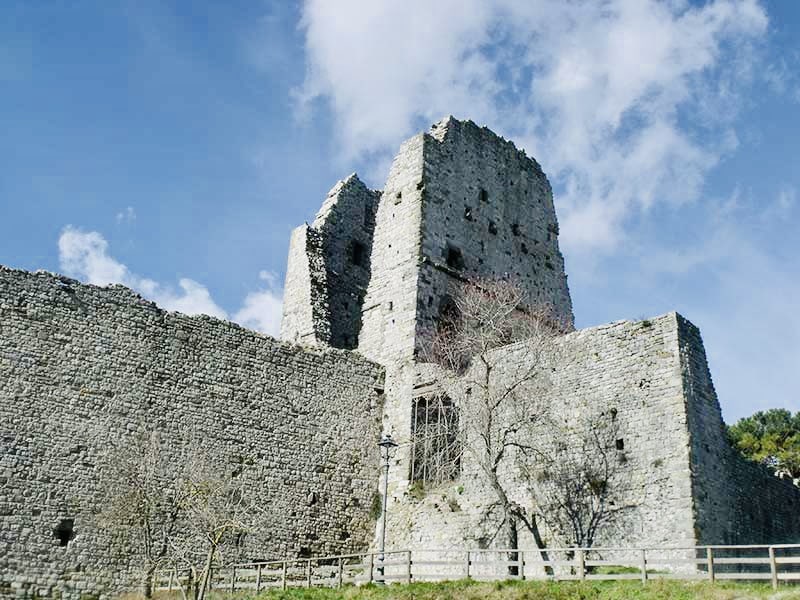
The village
Returning to Piazza Becattini, we will continue our tour in Via Martiri di Civitella, where we will encounter the Pretorio palace (XIV-XV century), which is clearly identified by the numerous coats of arms on the exterior. The palace is the first of a sequence of buildings with porticoes that lead to the town’s main square, Piazza Don Alcide Lazzeri. Piazza Lazzeri is a spacious and lovely plaza featuring a medieval-era cistern with an octagonal base. The church of Santa Maria Assunta, which has been referenced since the 11th century and has been renovated multiple times, is at the far end of the plaza. A memorial on its left commemorates the events of June 29, 1944.

The Museums of Civitella in Val di Chiana
Between 2004 and 2006, two new museums, both in Via Martiri di Civitella, were opened. The first is the Sala della Memoria (Memorial Hall), which houses much testimony relating to the events of 1944, including documents, photographs, books, and more. The Contemporary Art Gallery, which opened in 2006 and showcases paintings and sculptures from the last fifty years, is the second museum.

Events
The Sagra del Cinghiale and all the members of the Unione Sportiva di Pieve a Maiano (Arezzo) are ready to welcome you and offer you a pleasant experience with good food and the family atmosphere that characterizes all our events!
Music, dance shows, sporting events, card tournaments, stalls, rides and lots of fun will accompany these eight days of celebration!
“Sagra del Cinghiale” is one of the events scheduled in the municipality of Civitella in Val di Chiana, Pieve a Maiano.
How to get to Civitella in Val di Chiana?
By train and bus: The closest train station is at Arezzo; from there, take the LS2 bus to Badia al Pino, then the LS1 to Civitella (Etruria Mobility buses).
By automobile, take the A1 to the Arezzo exit and then take Strada Provinciale 21 to Badia al Pino and Civitella.

